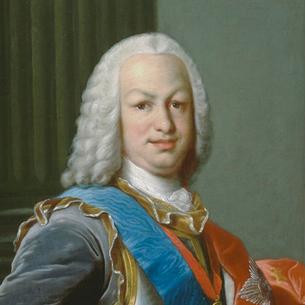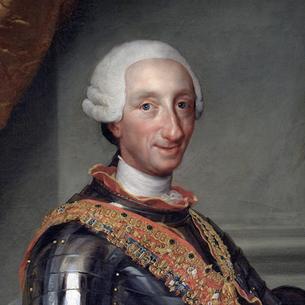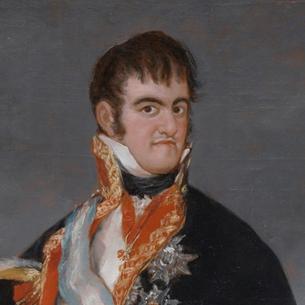Mexican coins Catalog
Total added coins: 312
Which Mexico coins are worth money?






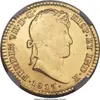
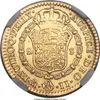
















Mexico Coins
The Viceroyal Mexican Coinage
The history of Mexican numismatics dates back to 1535 when the first American mint was opened in Mexico City. From the beginning, large quantities of silver coins were minted there on the basis of the Castilian octal system. The basic unit of that time was the real and the coinage was composed of half real, 1 real, 2 reals, 4 reals, and 8 reals. A few 3 reals coins were also minted in the early years.
The mint in Mexico was the first in all of America. It was the closest to the Iberian Peninsula, the first to apply innovations (e.g., new technologies or experimental values), and the one that minted the most coins to trade with Europe and Asia. Moreover, in 1732, the Mexican mint became the first in America to introduce coining presses (until then, coins were hammered). Starting from 1680, golden coinage appears with the values of 1 escudo, 2 escudos, 4 escudos, and 8 escudos.
No doubt, however, Mexico was best known for its 8 reals coins — the most important coins for international trade for centuries. Their minting started in the middle of the 16th century. The Mexican mint was the first to produce them; indeed, it produced 8 reals in huge amounts. Now, Mexican 8 reals are highly appreciated by collectors all around the world.
When the War of Independence began (1810), numerous mints were established in Mexico. Some of them were located in viceroyal cities like Durango, Zacatecas or Sombrerete and minted coins in the name of the king of Spain. Other mints followed the insurgent army, such as the so-called «Morelos coins».
The Coinage of the First Mexican Republic
Following the country’s independence, the Mexican coins were still very important throughout the world. In fact, they were part of the official exchange in countries like the United States, Canada, Central America, and the Philippines.
During the first decades of independence, Mexico kept on minting coins based on the Spanish system: reals for silver coins and escudos for golden ones. It is noticeable that 8 reals had the same weight and the same fineness as in the viceroyalty times, but with a patriotic design. These coins were minted in fourteen different mints, and due to this, completing all the Mexican coinages is a great challenge for any collector.
The Decimal System
In 1863, the coinage switched to the decimal system, following the example of the powerful European nations of that time. Thus, the peso became the basic monetary unit. One peso was equal to old 8 reals. The peso was divided in cents (centavos) and there were coins of 1, 5, 10, 20, 25, and 50 centavos (initially, all of them were silver coins, except for 1 centavo that was made of copper). 20 golden pesos were also minted in large quantities.
As early as the 20th century, the coinage production became concentrated in the mint of Mexico City. This tendency was broken only in the time of the Mexican Revolution (1910-1917) when a myriad of mints and monetary types reappeared. Silver coins began to appear less and less in Mexican coinage; however silver coins with a very low fineness could still be found in 1960s. As a curious fact, 20 pesos coins minted between 1992 and 1995, in addition to being the first bimetallic coins in Mexico, contained a silver core. This makes Mexico the last country having silver in its regular circulation. It should also be mentioned that a new peso came into effect in Mexico in 1993 to address the inflation occurred in 1980s (1 new peso = 1 000 pesos).
In addition to its regular coinage, Mexico has minted a huge number of commemorative coins and bullion coins made of silver, gold, and platinum. Anyone passionate about bullion coins knows The Centenario — a 1.2-ounce gold Mexican coin at a fineness of 900 thousandths which has been minted since 1921.
Adolfo Ruiz
